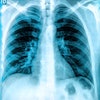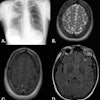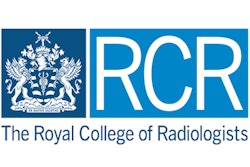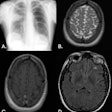Dear AuntMinnieEurope Member,
Much has been written and said this year about the global shortage of the important radioisotope molybdenum-99 (Mo-99). This week, an unexpected ray of hope came from Central Europe.
Researchers from Poland announced they have obtained a patent for the use of 3D printing technology to increase production of Mo-99 for medical imaging. This could have significant implications, they say. Find out more in the Molecular Imaging Community.
Can we get away with not using MRI contrast? Clinical staff often address this question when performing an MRI examination. Authors from Hannover Medical School, Germany, have looked at the issue in relation to juvenile idiopathic arthritis cases, and they published their findings on 6 December in European Radiology. Get the full story in our MRI Community.
As part of our news coverage of last week's RSNA meeting in Chicago, we conducted a video interview with Dr. Christiane Kuhl from Aachen, Germany, about the use of gadopiclenol as an alternative gadolinium-based MRI contrast agent. Don't miss this informative discussion with one of Europe's most respected investigators.
Also during the congress, the outcome of the "Images in Radiology" competition was unveiled, and MRI scans published by French and German teams were among the top prize winners. Get the full story in our article.
Another presentation at the RSNA looked at how susceptibility-weighted MRI reveals how patients who have recovered from COVID-19 can experience changes in their brains up to six months later. These patients had higher susceptibility values on MRI in their frontal lobes and brain stems compared with the healthy controls.
I'd like to thank everyone who submitted nominations for the EuroMinnies 2023 awards. We're now working our way through your submissions, and next week we'll announce the semifinal candidates. In two rounds of voting, the expert panel comprising editorial advisory board members and columnists will then vote for the finalists and winners.
Finally, I need to introduce you to two new members of our board: Emil Ljungberg, PhD, from Lund University, Sweden; and Dr. Mitja Rupreht, PhD, from Maribor, Slovenia. Prof. Elias Brountzos and Dr. Gábor Forrai, PhD, have left the board, and I'd like to thank them for all their help and support over many years.


















